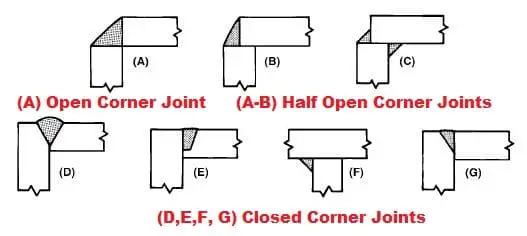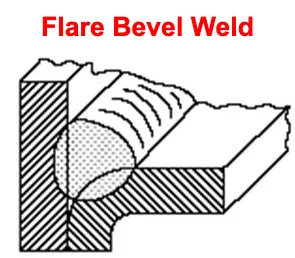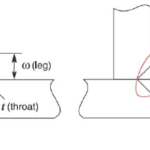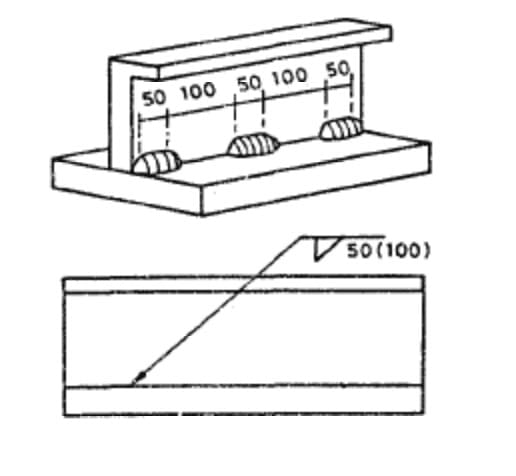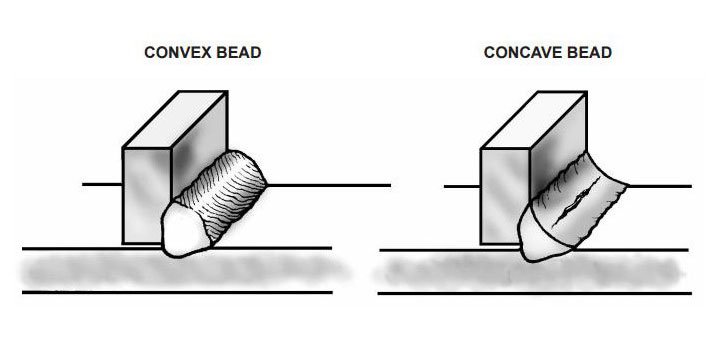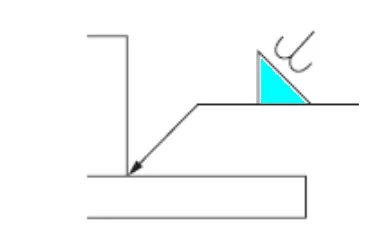Fillet welds are commonly used in various welding applications to join two pieces of metal at an angle or corner. One important aspect of fillet welds is the throat size, which refers to the effective cross-sectional area of the weld. There are three main type of fillet weld throats.
🔱🔱In this blog post, we will learn the different types of fillet weld throat sizes, their significance, and how they impact the strength and integrity of welded joints. 🔱🔱
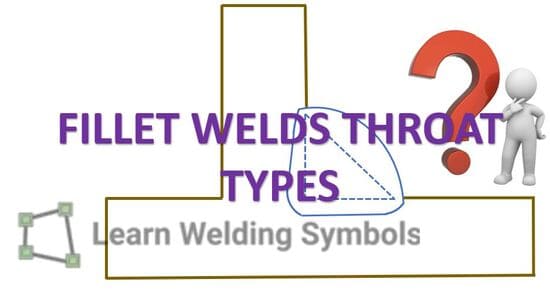
Definition of Fillet Weld Throat Size
The throat size of a fillet weld is the minimum distance between the toe of the weld and the theoretical root of the weld joint. It represents the effective size of the weld and plays a crucial role in determining fillet weld load-carrying capacity.
Types of Fillet Weld Throat
There are three main types of fillet weld throat sizes:
- 🔱Actual Throat
- 🔱Theoretical or Design Throat
- 🔱Effective Throat
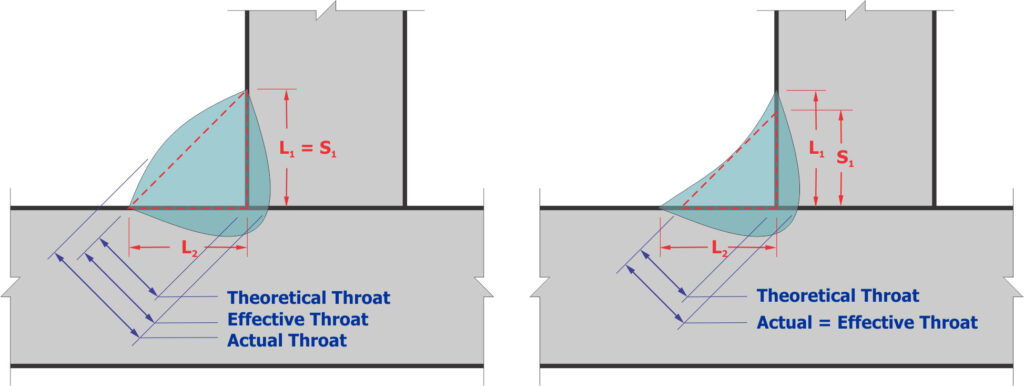
Actual Throat
✔️ The actual throat size refers to the measured dimension of the completed weld. It is determined by measuring the distance between the depth of root penetration to the outer face of the joint. The actual throat size is important to ensure compliance with specified requirements and maintain the desired weld strength.
Theoretical or Design Throat
✔️ The theoretical or design throat size refers to the specified or desired throat size indicated in the welding drawing or specifications. It is typically determined based on factors such as the thickness of the materials being joined and the required strength of the weld.
Effective Throat
✔️ The effective throat size is a critical consideration in fillet welds. It represents the actual load-carrying capacity of the weld. It is calculated as a percentage of the theoretical throat size and accounts for factors such as weld quality, penetration, and reinforcement. The effective throat size is essential in determining the strength and integrity of the welded joint.
How to calculate Fillet weld throat size?
✔️✔️If you want to learn how to calculate the throat size or leg length in a fillet weld, you can refer to the article “How to calculate Throat Size or Leg Length Size in a Fillet weld.” ✔️✔️
This informative article provides insights into the design of fillet welded connections and explains the calculation process based on factors such as loading, material thickness, and operational considerations.
It also includes a fillet size formula and discusses the minimum and maximum sizes of fillet welds. Understanding how to calculate fillet weld throat size is crucial for ensuring proper weld strength and meeting design requirements.
Link: How to calculate Throat Size or Leg Length Size in a Fillet weld
Nominal Throat Size
The nominal throat size is the specified or desired throat size indicated in the welding design or specifications. It is usually determined based on factors such as the thickness of the materials being joined and the required strength of the weld.
Minimum Throat Size
The minimum throat size refers to the smallest acceptable throat size for a given fillet weld. It is often specified to ensure adequate strength and prevent weld failure. Falling below the minimum throat size can compromise the structural integrity of the joint.
Actual Throat Size
The actual throat size is the measured throat dimension of the completed weld. It is crucial to verify the actual throat size during welding inspections to ensure compliance with the specified requirements and to maintain the desired weld strength.
Factors Influencing Throat Size
Several factors affect the throat size of a fillet weld, including the angle of the joint, the thickness of the base materials, the welding process used, the welding parameters (such as current and travel speed), and the weld size specified.
Other Throat Size Types
Full Penetration Throat
☞ In this type, the throat size extends through the full thickness of the joint, providing maximum strength and load-carrying capacity.
Partial Penetration Throat
☞ Here, the throat size is less than the full thickness of the joint. This type of throat size requires additional considerations to ensure sufficient strength and proper joint design.
Seal weld Throat
☞ A seal throat is a partial penetration weld designed to provide a tight seal or prevent the passage of liquids or gases. The throat size is determined based on the specific sealing requirements.
Importance of Throat Size
The throat size of a fillet weld directly affects its load-carrying capacity. A larger throat size generally results in a stronger weld joint, capable of withstanding higher applied forces. Conversely, a smaller throat size may reduce the strength of the weld and compromise the overall structural integrity.
Conclusion
Understanding the different types of fillet weld throat sizes is crucial for ensuring the strength, reliability, and structural integrity of welded joints. Proper design, adherence to specifications, and accurate measurement of throat size during welding inspections are vital to achieving welds that meet the required strength and performance criteria.
By considering the throat size types and their significance, welders and engineers can make informed decisions to create robust and durable welded connections.
